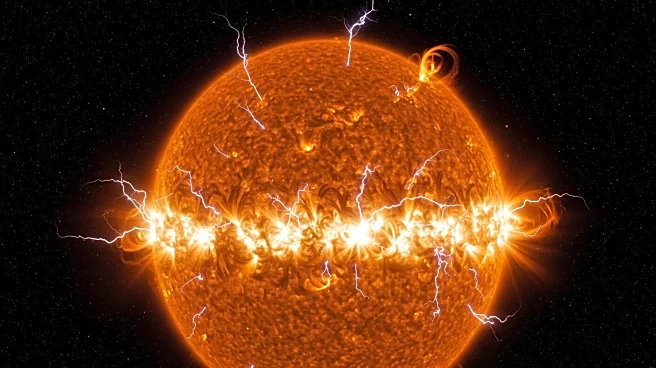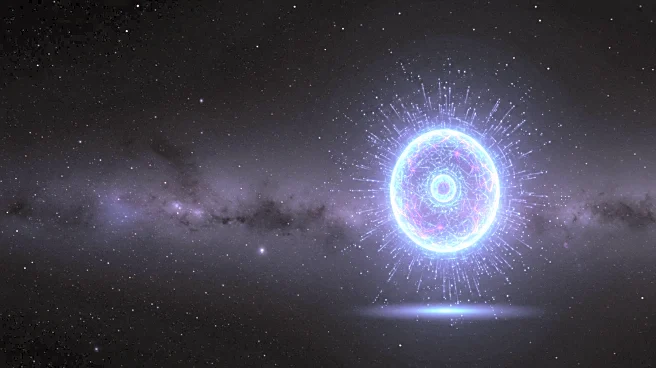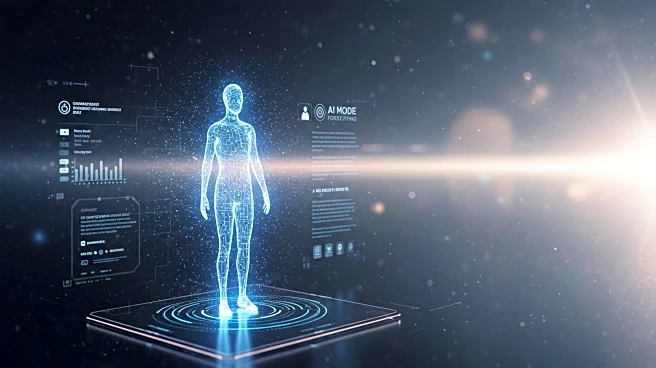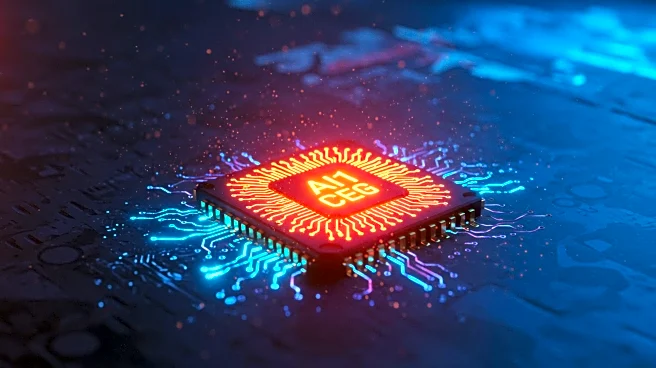Rapid Read • 7 min read
The sun has released two spectacular prominence eruptions, captured by NASA's Solar Dynamics Observatory and NOAA's GOES-SUVI instrument. These eruptions, occurring on August 20, are considered among the most impressive events of the current solar cycle. The first eruption from the sun's southeastern limb resulted in a coronal mass ejection (CME), which fortunately is moving away from Earth. The second eruption from the northeastern limb also released a CME into interplanetary space. Solar prominences are loops of hot plasma tethered by magnetic fields, and their destabilization can lead to CMEs.
AD
These solar eruptions highlight the dynamic nature of the sun and its potential impact on space weather. While the CMEs from these events are not directed towards Earth, similar eruptions can affect satellite operations, communication systems, and power grids if they interact with Earth's magnetic field. Understanding solar activity is crucial for predicting space weather and mitigating its effects on technology and infrastructure. The detailed observations of these eruptions contribute to scientific knowledge about solar dynamics and help improve forecasting models for future solar events.
Scientists will continue monitoring solar activity to predict potential impacts on Earth and space-based systems. The data from these eruptions will be analyzed to refine models of solar behavior and improve space weather forecasting. As the solar cycle progresses, researchers will focus on understanding the mechanisms behind prominence eruptions and their role in solar dynamics. The ongoing study of solar activity is essential for developing strategies to protect technology and infrastructure from space weather effects.
AD
More Stories You Might Enjoy










